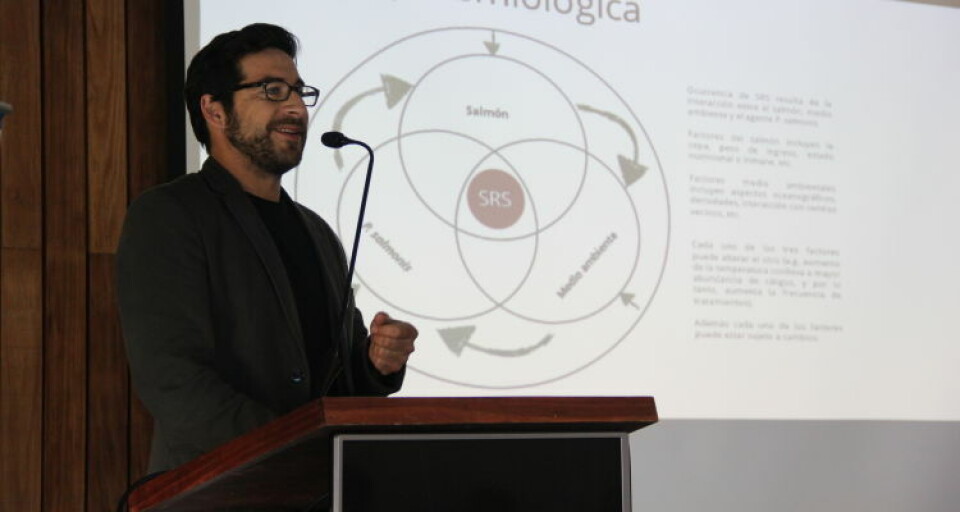
Authorities calm despite ISA outbreak
Chile’s National Fisheries and Aquaculture Service (Sernapesca) believes there’s no need for the industry to panic, despite the discovery of an outbreak of the ISA variant HPR 7B in a pen at a Cermaq site in Aysén this week.
The deputy director of Sernapesca, Alicia Gallardo, told Salmonexpert that the early discovery of the virus vindicates the adoption of the stricter control and surveillance programs established since 2007.
"The effectiveness of the control plan is also reflected in the fact that only one case has been found, but if more are detected it means that it is spreading, so early detection is essential," she said.
The discovery was made after testing fish suffering from SRS at the site. After ensiling all morts the surviving fish were sampled and 3 of the 721,000 at the site were found to have ISA, one of which had the HPR 7B strain of ISA virus. Sernapesca has since tested all the other sites in the same neighborhood (33), none of which tested positive. All companies in the area must now conduct ISA samples every 15 days,
Salmonexpert also spoke to Dr Fernando Mardones, academic at UNAB and specialist in the epidemiology of diseases affecting aquaculture-related hydrobiological species, about the main implications of the discovery.
What are the implications?
It is something we are getting used to seeing since the epidemic (2007). Every year there are between two and five cases of pathogenic ISA virus, it is something to expect. This virus is circulating in the salmon industry.
Is it related to the strain that triggered the 2007 crisis?
It is the same, but the vast majority of fish are now vaccinated against the ISA virus. There is protection, so you should not expect an outbreak of the magnitude of 2007, when the fish were susceptible to the virus.
Have there been any other changes to prevent an epidemic reoccurring?
ISA is now a notifiable disease and there is a monitoring program in place to ensure early detection while, as the cage was immediately removed from the system, we are able to stop the spread more quickly.
Rapid and timely disposal of infected fish is also essential because it prevents the virus from spreading both to other cages and other sites.
What are the key catalysts for infection?
There are a number of hypotheses, but it is likely that there are certain characteristics, such as density of fish, concentration of different species and previous sanitary conditions, among others, that generate a greater susceptibility in the fish, and encourage the virus to generate new variants.























































